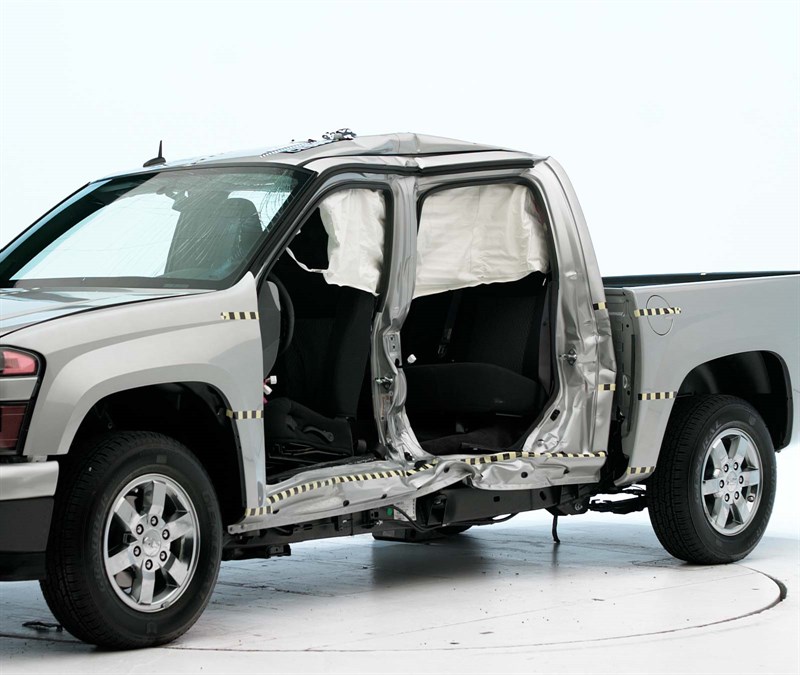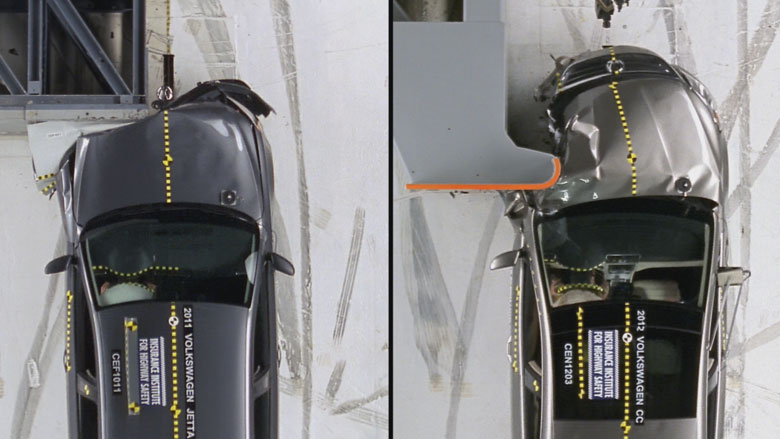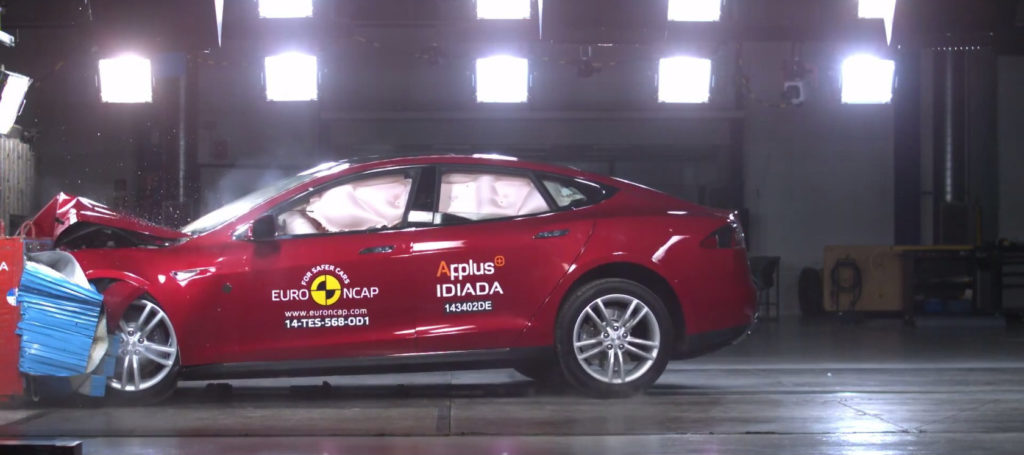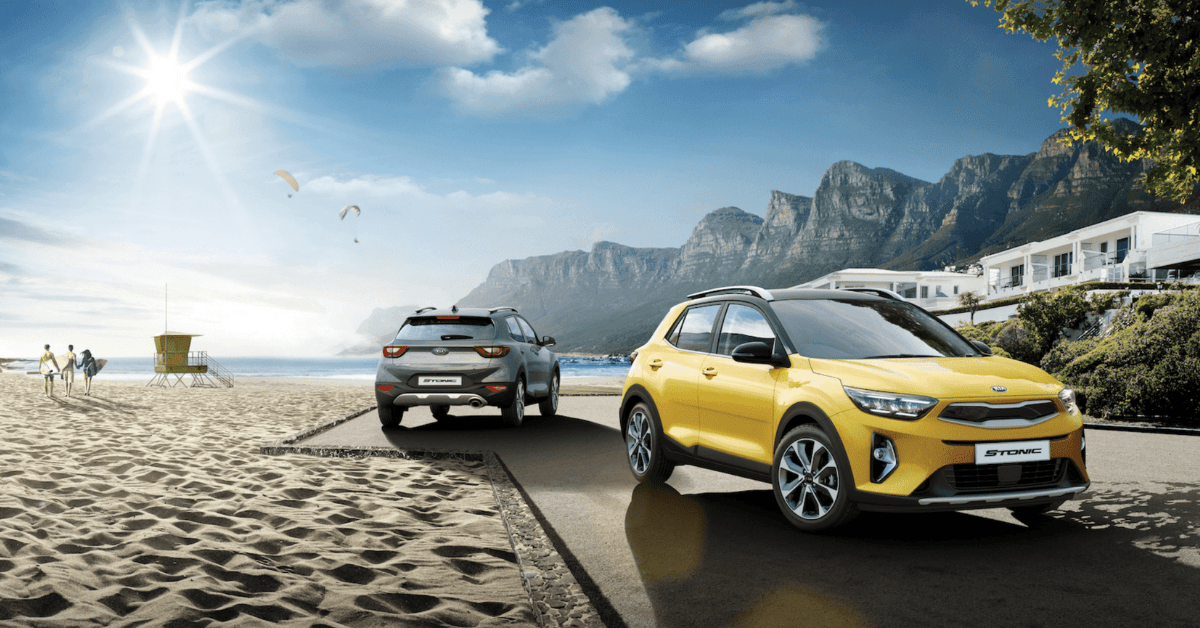Game Changing Crash Tests that Influenced the Making of Cars
In 1934, General Motors made a mark in automotive history by performing the first barrier crash test for cars. Since then, crash testing has been a growing evolution for the automotive industry in challenging cars to meet top safety standards. Even in the developments of crash safety testing, some tests have set apart from the rest and even extended towards the building of future automotive models. Take a look at the following crash tests that influenced the game of making cars.
1) Chevy Colorado Side Impact Test

It was reported that the Chevy Colorado did very well in the front effect crash tests. However, it received a “Poor” rating because of its results in the side impact tests. This was due to the absence of side airbags. This test not only changed the way the Chevy Colorado was built but also put a spotlight on numerous vehicles that were missing discretionary side airbags. The 2015 model has now encompassed head blind airbags, front and back, and mounted middle packs.
2) 2011 Under-ride Watches Test

Under-ride watches are commonly found on the back of trailers on 18-wheelers. Their purpose is to keep light trucks and traveler vehicles from sliding underneath the big trailer. However, their functionality was not up to passing standards. The 2011 test revealed that the under-ride watches actually clasped under pressure and split away. Now, many trailer producers are furnishing newer models with products that can pass the Institute for Highway Safety (IIHS) test.
3) Small Offset Frontal Crash Test

The small offset frontal crash test is a collision test newly developed by the IIHS. The test is designed to toughen up safety testing for cars. In this testing scenario, the force of the collision impact is concentrated on a mere 25 percent of the car’s front end. This forces all of the energy to an area of the car where there is an absence of frame structure to take in the impact. Additionally, the impact pitches the car sideways and rotates it around the impact point. All of this tests the effect of a driver being thrown sideways without a direct side impact; which is not tested by current safety systems. Automakers now have to develop cars that can receive approval scores from this test. For example, newer models will see additional armor applied to front corners for heightened safety measures.
4) IIHS Overlap Test

This test influenced how small cars are built due to the collision test results. This test was conducted in 2012. The objective was to test what would happen if a car was to hit outside elements like a tree or telephone pole. Just part of the car’s front hit the test objects. Many automakers had to rethink small car designs to make them be able to withstand the effects of a similar auto collision, especially for really small cars.
5) Frontal Crash Test of the Tesla Model S

The Tesla model S frontal crash test has paved the way for building cars with safety in mind. From this test, the vehicle was given one of the most successful crash test ratings ever awarded by the National Highway Traffic Safety Administration (NHTSA). The reason being is that the model has more available room in the front of it to intake forces from a collision because of not having an engine in the front. It leads as a big example for future cars in frontal collision safety.




